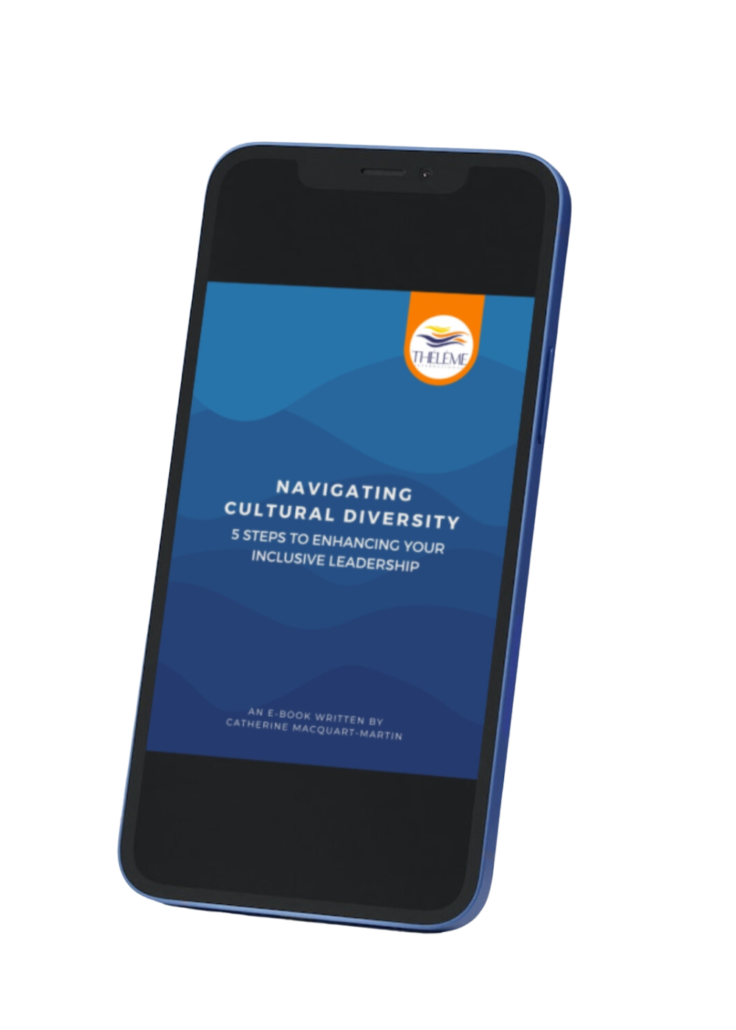
Power Dynamics in Intercultural Workplaces
In intercultural environments, power dynamics aren’t always visible—but they strongly shape who gets heard, supported, or sidelined. This post invites you to strengthen your inclusive leadership through three key levers: Presence, Courage, and Connection.




